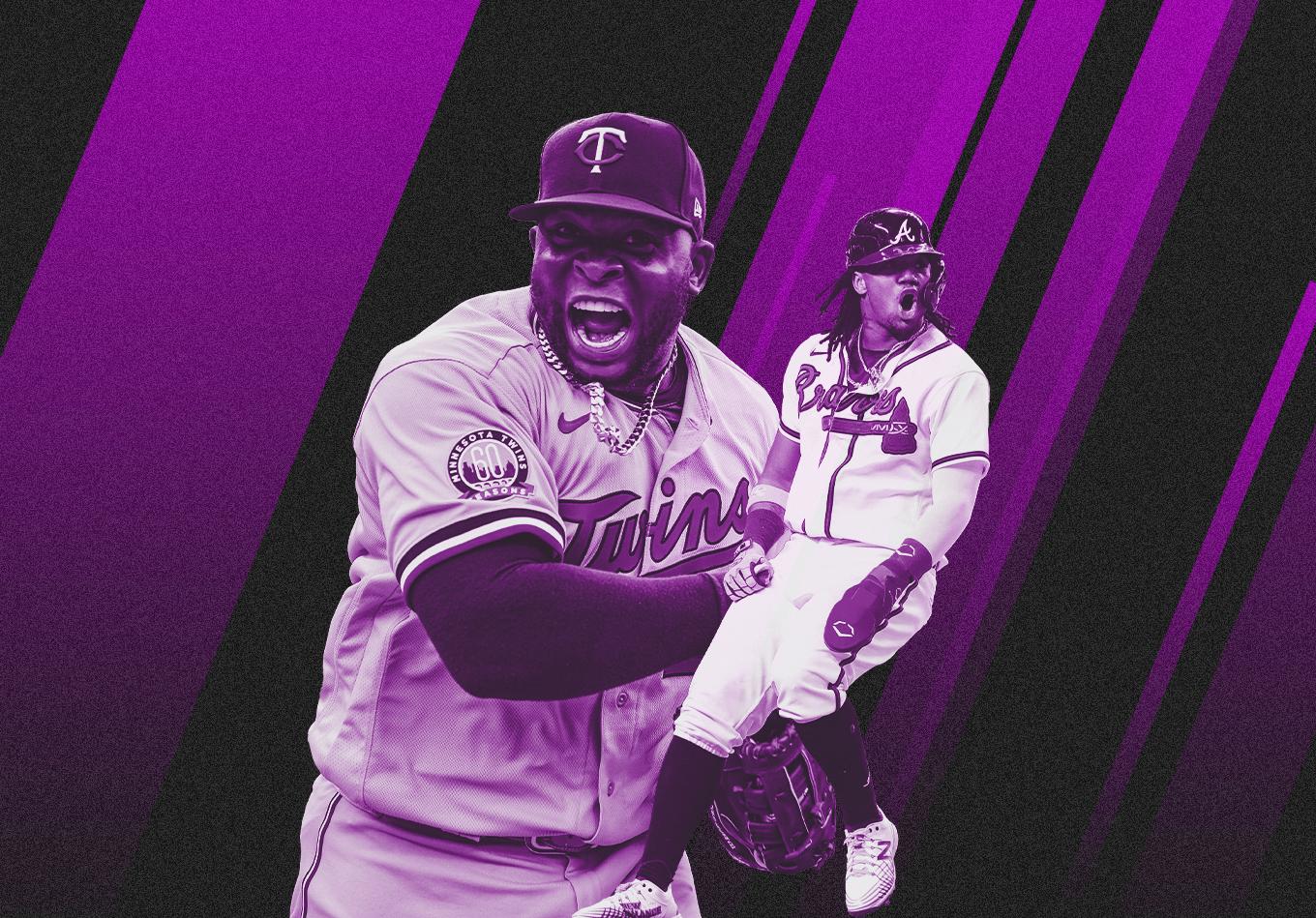In this installment of a series on advanced baseball metrics, we look at what BIP+ reveals about Miguel Sano’s raw power and how Javier Baez could get back on track. For a look at which players are currently the best in the majors this category, check out our metrics leaderboard.
From the perspective of a hitter digging into the box, every pitch initiates a critical split-second thought process that could impact the entire at-bat: to swing or not to swing.
But that’s only the first component of an at-bat. The second is whether the batter is able to make contact on that swing, and finally, what he’s able to do with the ball if contact is made.
It’s now possible to measure how much value a player adds to his offensive line in all three of those aspects with discipline+, contact+ and BIP+.
So when the decision to swing has been made and the bat has met the ball, BIP+ can measure a batter’s impact once he’s put it in play. Similar to discipline+ and contact+, the velocity, movement, location, count and other factors of a pitch go into BIP+ as well. But an expected outcome is set for each pitch (instead of a contact probability, for example) as determined by several factors.
From there, the actual outcome’s launch angle, exit velocity, the player’s sprint speed, whether he was facing a defensive shift, the horizontal spray angle of the ball and more are also used to give that outcome a value and compare it with the league-average ball in play.
As mentioned in the examination of raw value, which is essentially a cumulative measure of all three components dissected here, the horizontal spray angle is the left/center/right location of the ball. If a ball is hit at a 30-degree launch angle at 100 MPH toward one of the foul poles, it’s probably going to be a home run. If it’s hit to straightaway center, it’s much less likely to leave the ballpark.
BIP+ is a more complete measure than the more mainstream batting average on balls in play (BABIP), as it accounts for the difficulty of hitting a particular pitch. Should a positive outcome off a grooved fastball on a 3-1 count have the same value as one that comes on a nasty 0-2 pitch? We don’t think so either.
Using 2020 data as an example, Minnesota Twins power hitter Miguel Sano only hit .204 and struck out 90 times in 186 at-bats, but he did some serious damage when he did make contact with a league-leading 253 BIP+ despite falling below the league average with a contact+ of 87.
Teoscar Hernandez also more than doubled the league average in BIP+ during his breakout season with the Toronto Blue Jays that year. Juan Soto and Ronald Acuna Jr. were the only two players to rank in the top 10 in two categories in 2020. Soto was third in discipline+ (131) and 10th in BIP+ (197), while Acuna Jr. was ninth in discipline+ (124) and second in BIP+ (218).
In an attempt to show how discipline+, contact+ and BIP+ fit together, let’s look Javier Baez. Using 2020 data as an example, the two-time All-Star had a discipline+ (54) well below the league average, which isn’t much of a surprise for anyone who has seen his at-bats. But his contact+ rate was relatively high at 96 – just under the MLB average.
What does this mean?
Well, if Baez were to adjust his free-swinging approach and cut loose on the “right pitches” by our measure, his strikeout rate – 31.9 in 2020 – would move closer to the league average (an all-time high 23.4% last year).
Fewer strikeouts would mean more balls in play, and given that his BIP+ was still above average (121) last season, he’d likely take a big step toward returning his 2018 NL MVP runner-up form.
Data modeling provided by Lucas Haupt.
